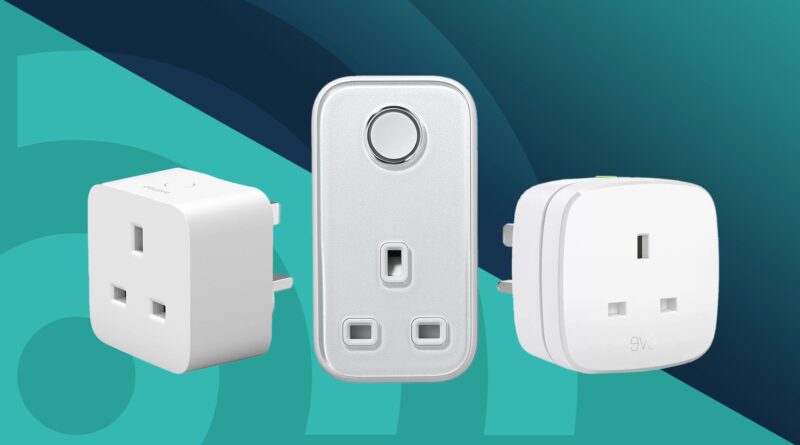Heres-All-You-Need-to-Know-About-Smart-Plugs
In today’s rapidly evolving smart home landscape, smart plugs have emerged as one of the most convenient and cost-effective ways to enhance your home automation experience. Whether you’re aiming to save energy, control devices remotely, or create schedules, understanding the basics of smart plugs can significantly improve your smart home setup.
What Are Smart Plugs?
Smart plugs are small devices that connect to your Wi-Fi network and plug into your existing electrical outlets. They allow you to control the power supply to any appliance or electronic device connected to them via a smartphone app, voice commands, or automation routines. Essentially, they make traditional devices ‘smart’ without needing to replace or upgrade the appliances themselves.
Key Benefits of Using Smart Plugs
- Remote Control: Turn devices on or off from anywhere using your smartphone, providing unparalleled convenience.
- Energy Savings: Schedule appliances to operate only when needed, reducing energy consumption and lowering utility bills.
- Enhanced Security: Simulate occupancy by scheduling lights or appliances to turn on and off, deterring potential intruders.
- Voice Integration: Easily control devices with voice assistants like Amazon Alexa, Google Assistant, or Apple Siri.
How Do Smart Plugs Work?
Smart plugs connect to your Wi-Fi network and are paired with a dedicated app on your smartphone. Once configured, you can control the plug remotely, set schedules, or integrate it with other smart home devices. Some models also feature energy monitoring, allowing you to track the power usage of connected devices.
Types of Smart Plugs
Smart plugs come in various forms, including:
- Basic Smart Plugs: Offer remote on/off control and scheduling features.
- Energy Monitoring Smart Plugs: Track power consumption and provide insights to optimize energy use.
- Voice-Activated Smart Plugs: Compatible with voice assistants for hands-free control.
Choosing the Right Smart Plug
When selecting a smart plug, consider factors such as compatibility with your existing smart home ecosystem, Wi-Fi requirements, maximum load capacity, and additional features like energy monitoring. Reading reviews and comparing features can help you find the best match for your needs.
Installation and Safety Tips
Installing a smart plug is straightforward:
- Plug the device into a standard outlet.
- Download and install the manufacturer’s app.
- Follow the app instructions to connect the smart plug to Wi-Fi and pair it with your account.
Always ensure the connected appliances do not exceed the smart plug’s rated capacity and avoid using smart plugs in wet or damp environments unless specified as waterproof.
Explore More About Smart Plugs
If you’re eager to learn more about heres-all-you-need-to-know-about-smart-plugs, this comprehensive guide offers detailed insights, product ratings, and buying tips to help you make an informed decision.
Conclusion
Smart plugs are an excellent starting point for anyone looking to dip their toes into home automation. They are affordable, easy to install, and hugely versatile. Whether you’re controlling lamps, coffee makers, or entertainment systems, smart plugs can turn your regular devices into intelligent tools that fit seamlessly into your smart home ecosystem. To explore more about this innovative technology, visit the homepage for additional resources and updates.

